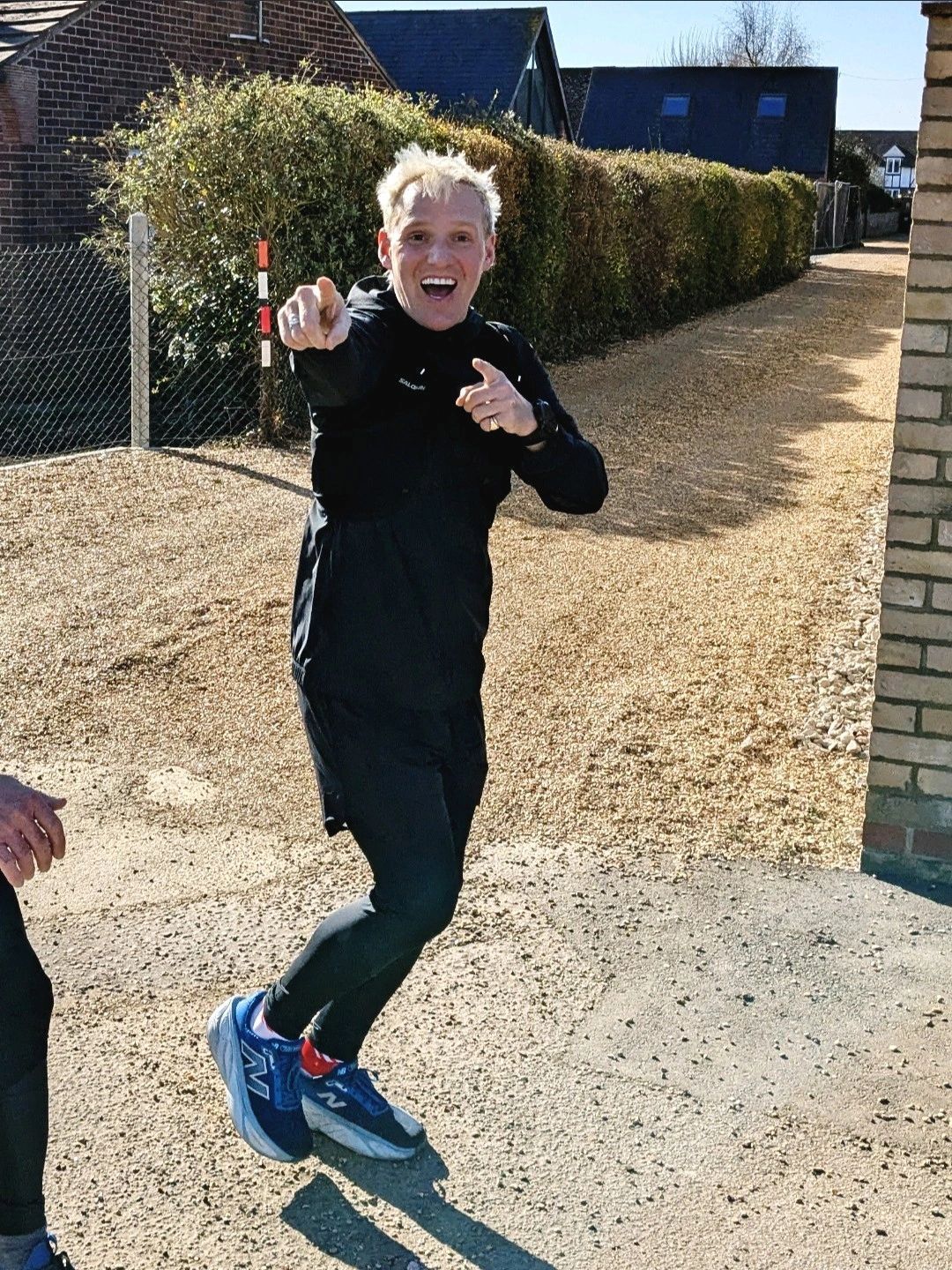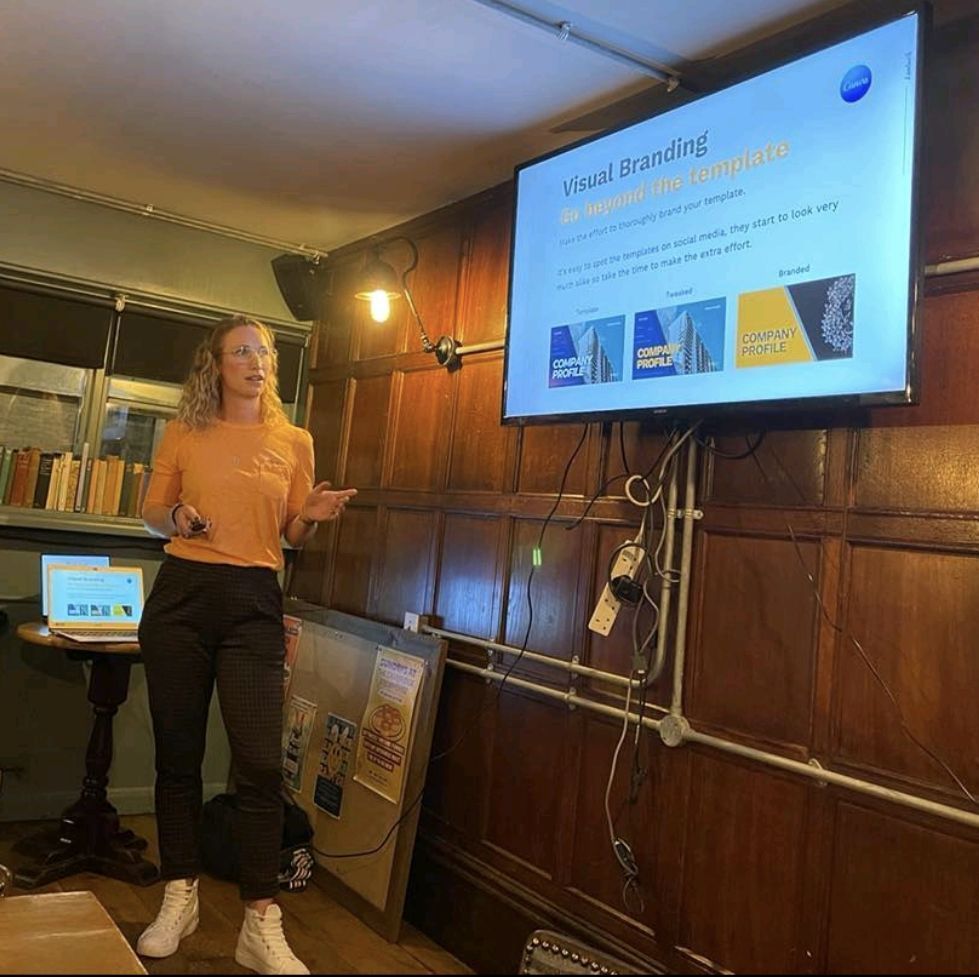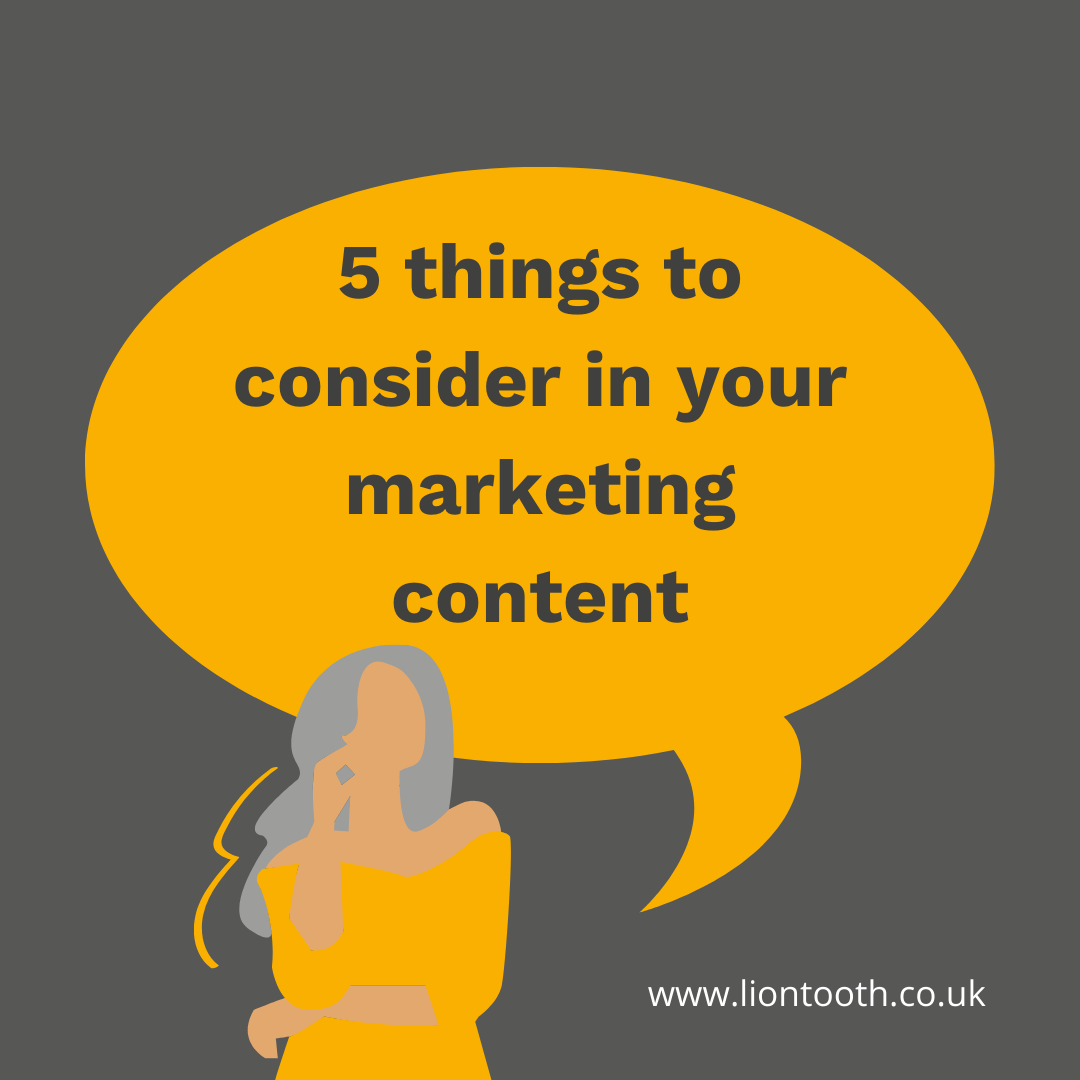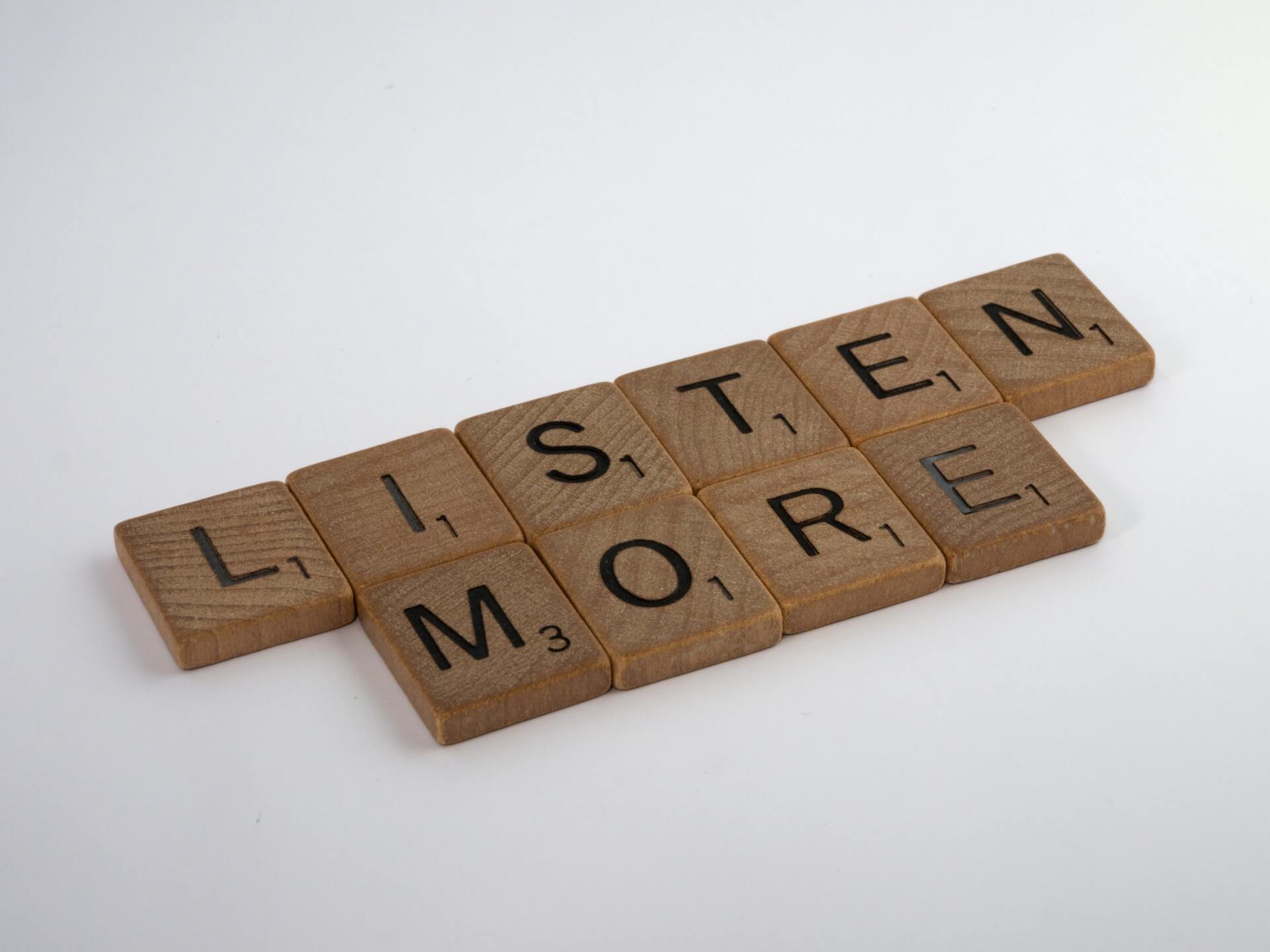The Basics of Branding
- By Lisa Ellison
- •
- 27 May, 2020
- •
Branding is, in the most basic sense, a uniform.

Much like a uniform, branding is a way to distinguish your products or
services from anyone else’s.
Branding is often believed to just be the logo but it is much more than that. Once you say, ‘it’s much more than a logo’, the concept can become a bit overwhelming and you can end up feeling like it’s too complex for you to grasp.
It doesn’t need to be any more complicated than this: branding is a way to identify products, services, communications and materials as belonging to one entity. i.e. a school uniform is worn by kids of all ages, shapes and sizes but you know they’re all from the same school, because of the uniform.
Brand identity
Having a strong and consistent colour pallet, as well as things like brand fonts and visuals will all help to provide you with a tool kit that you can use to help build your visual brand identity.
There are brands that are so well established, you can identify them just by the colour, tag line, a snippet of the logo or hearing the voice used over their adverts. That is when you know you have done a good job with building a strong brand identity.
Tone of voice
It becomes a bit more complicated when we talk about that uniform reaching beyond a visual identification, but it still works. If you consider tone of voice, this feeds into branding because it’s a way of identifying the personality and target audience of a product or service. Tone of voice is, essentially, the language you use when communicating your brand message. Are you talking to a young audience, in a casual and fun way or are you talking to professionals with a more formal tone? A clearly identifiable tone of voice will help strengthen brand identity and become easily recognisable as belonging to a particular brand. This tone of voice should be uniform throughout all communications including advertising, promotional and informational materials, websites, customer services, sales teams, finance department… EVERYTHING.
It’s emotional
All of the above work together to create an emotional response from your audience. This emotional response is what will set you apart from your competition. If the competition are offering the same (or very similar) products or services at similar prices, the choice between the two can be a hard one to make but if you have worked hard to create a positive emotional response through your branding, this could be your differentiating and (hopefully) winning factor.
An example of this would be Heinz. Heinz has built a brand around the idea of comforting and cosy family environments – i.e. tomato ketchup and the famous ‘Daddy or chips’ debate; recent tomato soup visuals of a warm and cosy cottage on a cold winters day with a steaming bowl of tomato soup. Those are positive, warming and comforting emotions evoked by the brand.
Consistency is key
In order to build a strong brand, you need to be consistent.
This may seem straightforward and obvious but I will leave you with some things to consider; if you collaborate with another brand or choose to sponsor an event or competition etc., consider whether or not your ‘partner’ fits with your brand identity.
Maintaining consistency goes beyond your own brand. Consider who you associate yourself with and how that reflects on you.


Jamie Laing - before you roll your eyes and scroll on, hear me out. (I know, the photo gave away my cliff hanger!) You may have been one of the 50,000+ people that saw my LinkedIn post last week, very much a throw away passing comment, essentially, to say I drove past Jamie Laing on my way home from the school run whilst he was on his fundraising mission for Children In Need.
I followed the story closely last week, quite hooked on his progress and whether or not he would make it. I'm not a celebrity-obsessed person and I rarely engage with anything celebrities do but last week was different and I'm sure I'm not the only one. I believe that many people didn't know he was even embarking on that challenge until last week - I didn't and I listen to Radio 1 daily! I also believe there's a lot of people that either don't know who Jamie Laing is or do know and don't particularly like him - we can't please everyone!
So, what was it about his fundraising effort that gripped the nation and led to him raising over £2m?! It's all about the story. And *this* is a great example of marketing done well - with an emphasis on storytelling and humanising your brand. His fundraising effort, backed by BBC Radio 1 coverage, provides a perfect case study on the power of storytelling in marketing. His journey emphasised his struggle, determination, vulnerability and honesty and that played a pivotal role in engaging the public emotionally and driving donations. If his personal narrative hadn’t been shared so openly, it’s unlikely that such a significant amount would have been raised.
This is something I've also experienced in fundraising efforts that I've been involved in and it makes all the difference but it takes strength to be vulnerable, and I'll always admire those who found the strength to tell their story (you know who you are 💛).
Here's what we can learn about the value of storytelling in marketing:
Emotional connection drives action : Jamie's story wasn't just about asking for donations; it was about sharing his personal experience and struggles throughout last week. People are more likely to connect with a cause when they can empathise with the storyteller. In marketing, emotional engagement creates a bond between the audience and the brand, making them more likely to engage.
Vulnerability builds trust : By being honest and vulnerable about his efforts and the challenges he faced, Jamie Laing built trust with the Radio 1 listeners. Vulnerability *humanises* a brand. In marketing, being transparent and acknowledging (and addressing!) flaws can enhance credibility and build a stronger, more authentic relationship with consumers.
Narrative creates value : Jamie Laing didn’t just promote an event, he shared a compelling and authentic story about his commitment. In marketing, your story can be the difference between blending in and standing out. Crafting a narrative around your brand or product creates meaning, making it more likely to stick in the minds of consumers.
Great - now how can you implement this in your marketing?
If you have ever worked with me, you'll have heard me going on about the importance of authenticity. This applies to everything from branding to customer service. If a brand is transparent about its processes, challenges and goals, customers are more likely to engage and support it.
Emotion drives engagement - whether it’s a product, service or cause, storytelling can create an emotional connection that compels action.
Consistent storytelling over time, where customers can see growth and commitment, helps keep them invested.
So basically, Jamie Laing’s Children In Need campaign demonstrated that storytelling - driven by vulnerability, determination and honesty, was the key to the level of success in his fundraising last week.
For marketers, it highlights that connecting with people on an emotional level, telling authentic stories and leveraging the right platforms can make all the difference in achieving success.
It can feel difficult to build emotion into corporate marketing but there's ALWAYS room to be human.
Does your brand feel a bit fuzzy? Let’s fix that.
The Define & Align Workshopis designed to bring clarity, structure and purpose to your brand- fast.

Sometimes I'll get a message to my inbox referencing my marketing agency
👀 God no! I'm
not an agency! No
. Sorry, no.
I'm a 1.5-person band. (The other half is my husband who's a silent partner, providing the incredible design skills). I don't want to be thought of as a marketing agency. For me it has connotations of frustration, waiting, chasing, and to be fair, more often than not incredible results but still.
I'm a no-nonsense , to the point communicator .
I like to be efficient and get stuff done and that includes getting results for my clients . I like the fact I'm basically flying solo with this, it's easy. It's straightforward. It's DONE.
Let me give you context and insight...
I have experience with agencies from BOTH sides - I've been the client AND the service provider. Honestly, I had challenges with both. See if anything sounds familiar:
From a client perspective , my biggest frustrations were always...
- The huge bill. Sorry guys, I always found it eye watering even though I wasn't paying!
- Not being able to get hold of my point of contact and waiting whilst others frantically ran around trying to get answers for me.
- I felt bad for (and frustrated about) the person playing piggy in the middle. I couldn't speak to Studio to get answers or explanations about design issues/challenges/restrictions. Information was often lost in transit.
As the service provider , (for me) these were my biggest frustrations...
- There too many systems and processes that got in the way of me just getting on and providing the level of service I wanted to.
- Too many other cogs in the wheel slowing down the process.
- Too many hoops to jump through and restrictions.






